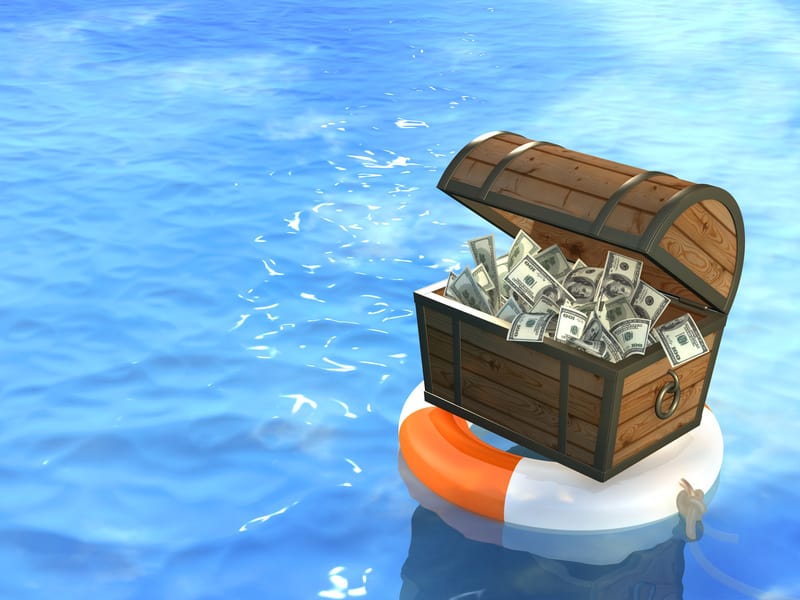Heraclitus
It’s a pity that poor old Heraclitus was born around 2,300 years before the invention of the game of poker, else he might have been a little more cheery. In the game of life, we integrate our knowledge from prior, apparently similar situations to make decisions in the present. We never have the luxury of even one ‘Groundhog Day’ and the Greek sage’s line rings true.
Happily for us poker players however, our game is one where we repeatedly face situations extremely similar to those we have faced before. We have very little excuse, then, to be unprepared for the most common decisions we can expect to face. The high frequency spots we analyze here will help us to lay the foundation for an optimal approach to C-betting out of position. You will be stepping in this river many times in the future, so read on to avoid the Weeping Philosopher’s fate
Note for my long-time readers getting a sense of deja vu: this article was first published as a subscriber-only post last year.
We return to our analysis of floating by considering the profitability of floating a bare gut-shot IP on an AK4r flop. If we hold QJ98r, then we will have the best hand by the turn 9% of the time. If our opponent will check/fold every time he checks the turn, how often must he bet the turn after continuation betting on the flop with a given sizing2?
| Flop Sizing (Pot Fraction) | Minimum f(TCB) |
| 0.30 | 86% |
| 0.50 | 76% |
| 0.70 | 68% |
| 1.00 | 59% |
The analysis thus far has assumed that the C-bettor check/folds whenever he checks the turn. We now revisit our exploration of a turn check-continue (X4G) range as a defense against positional flop floats.
In constructing the graph below I made the assumption that all bets by any player on any street were pot size. This graph includes implied odds from when the IP player completes his gut-shot, and thus is the most thorough exploration of floating I have posted to date.
This graph tells a cautionary tale for those who will listen. Even if we barrel the turn 60% of the time, we still must protect our checking range by check-continuing at least 25% of the time that we check. Given that we may not always check-shove when we check, and that our opponent will still have some equity when we check-call the turn, the actual number will be higher. Furthermore, smaller bets from either side on any street will increase the profitability of the IP floating strategy. We have learned a lot about optimal C-betting strategy:
We call the structural advantage that an in position player gains ‘Chequity’. Chequity is that additional equity arising from the probability of an anticipated check/fold by an opponent. It is a similar concept to ‘Fold equity’ insomuch as we require a small amount of real equity against our opponent’s range in addition to our ‘Chequity’ to make floating profitable.
Floating on Flushing boards
Call-to-fold
Our next question is “With what turn betting ratio of Flushes : Air can our opponent make us indifferent to calling the turn given that he will follow up with optimal frequency with a pot-size bet on the river?”
If we know we will be indifferent to calling the pot-size river bet, then our turn call EV is simply a function of his river checking frequency. We already know that with a set his river checking frequency only needs to break 13% to make our turn call profitable. If his river betting ratio is 2 flushes : 1 air and his betting frequency is 87% then his maximum turn air = 13% + 87%/3 = 42%3. Thus an opponent who pots the turn with 58% flushes and does not pay off board pairing rivers makes calling sets unprofitable for us OTT. We can run the same calculation for two pair and find our opponent must bet the turn with at least 50% flushes.
A final word of caution; a smart opponent will barrel straight draws on the turn to make your non-flush made hands more unprofitable (since they won’t always win at show down). This factor has a significant impact on the profitability of calling with two pair, since you improve to a boat much less often.
Are you guilty of C-betting small out of position and then giving up on the turn? Has this post helped plug a leak for you? Give me a shout in the comments below…








Leave A Comment